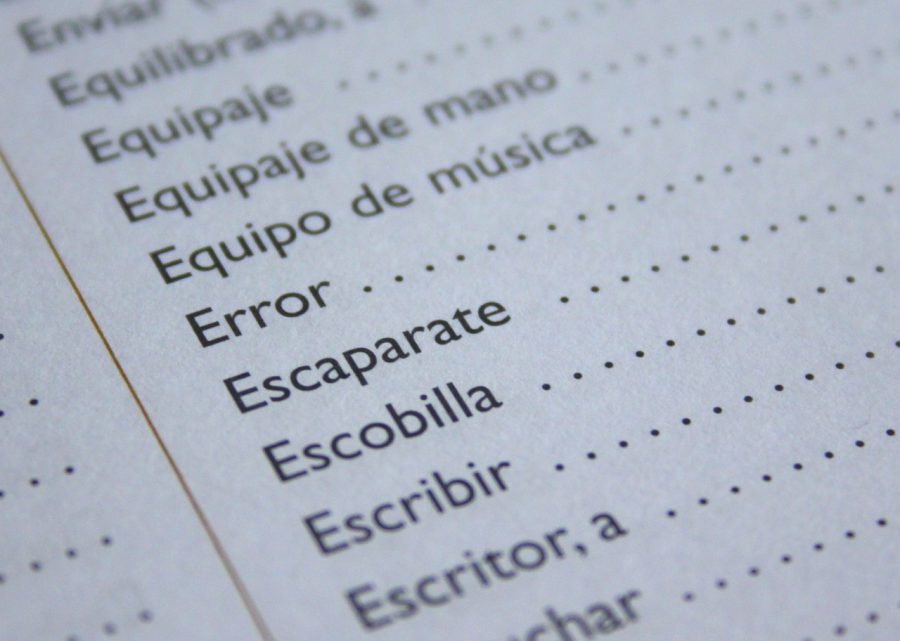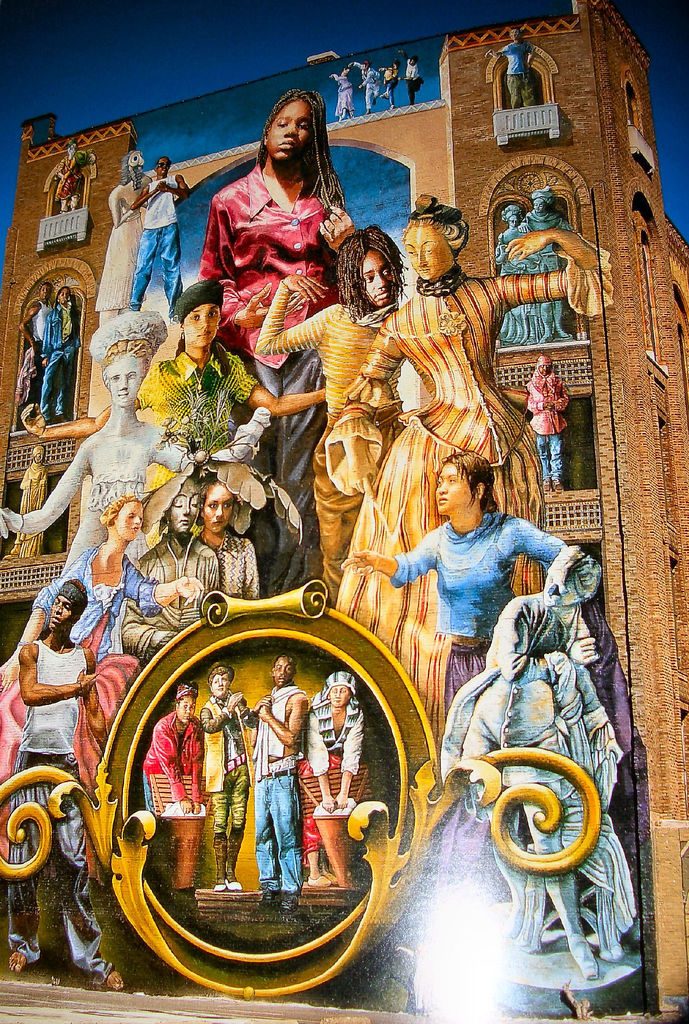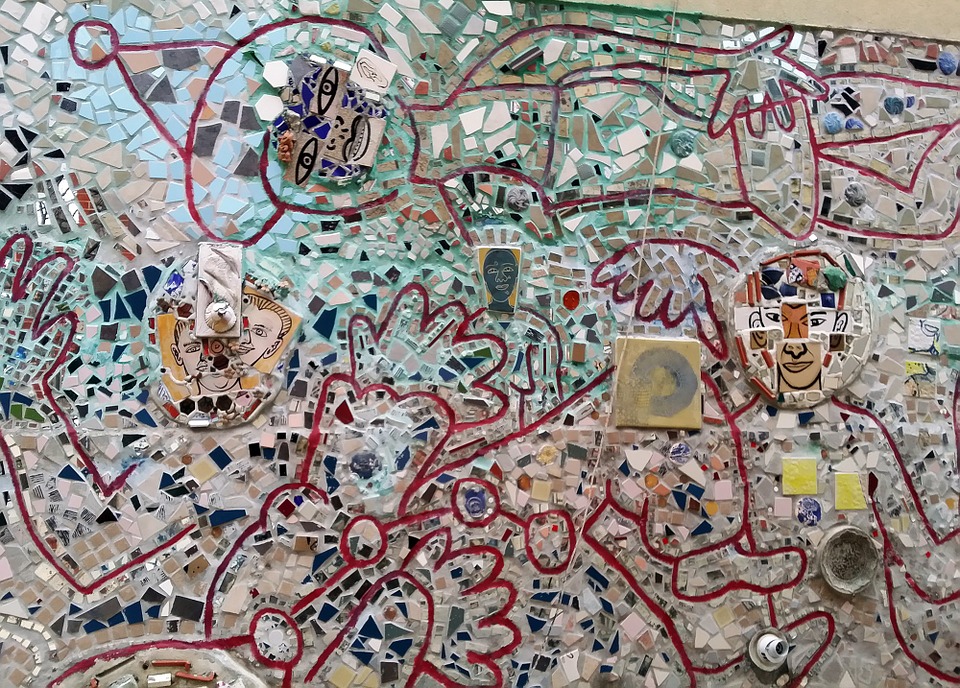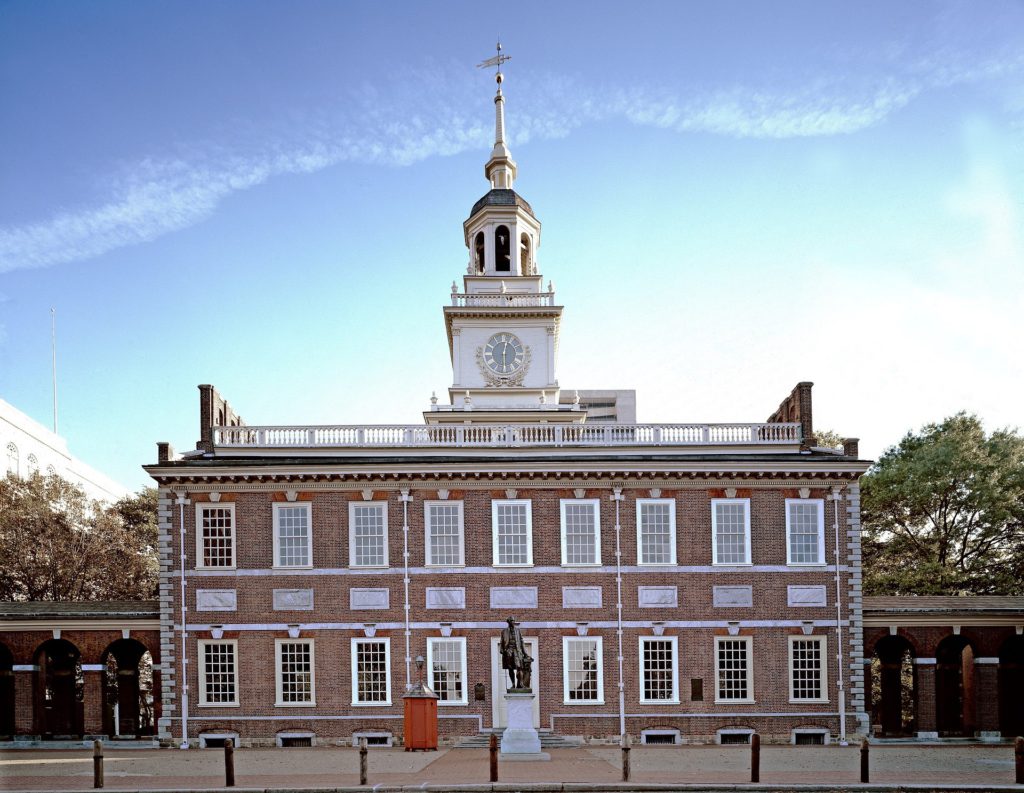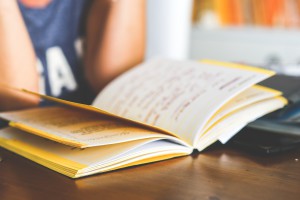Philadelphia has a very diverse school district, 12 percent of which is made up of English learners. Unfortunately, Philadelphia’s school district is lagging behind in terms of bilingual education. The city has experimented with bilingual education for years and has recently seen a boost in enthusiasm for more comprehensive dual-language immersion programs. But due to political debates and shifts in state and federal priorities, maintaining and expanding these programs has been a difficult process.
The city of Philadelphia has struggled to embrace bilingual education with the same intensity that other cities with high numbers of English learners have. This is because unlike most other states, Pennsylvania has never set up a separate certification for teaching ESL (English for speakers of other languages). The certification exams are only administered in English, which limits hiring for bilingual programs, as teachers must be completely proficient in English, as well as their native language. As a result, it has become difficult to recruit a diverse a teacher force. District data shows that only 3 percent of teachers identify as Hispanic and 2 percent identify as Asian.
In South Philadelphia, there was a push by Spanish-speaking families for schools establish a dual-language immersion program, so that their children could maintain their mother tongue while also learning to become fluent in English by adulthood. In order to create a successful dual-language immersion program, the school must have a class made up of about half English-dominant students and half Spanish-dominant students. Some school districts have a large divide between English-dominant students and Spanish-dominant students, while other schools are much more blurred, with a number of Hispanic students who are English-dominant because they’ve been in the U.S. for a long time.
So what exactly is the history behind Philadelphia’s struggle to implement a sufficient program? Bilingual education models were introduced to Philadelphia in the early 1970s by a woman named Eleanor Sandstrom. Sandstrom shifted perspectives at the District level and believed in an additive model for bilingual education. This means that students were taught a second language while also maintaining their primary language and culture. She felt that foreign language abilities should be considered a resource. She received Title VII funding and opened up the Potter-Thomas Bilingual School, which was seen as a national model for bilingual education for decades. Despite all of these efforts, the Philadelphia School District was still falling short. In 1972, bilingual programs only reached half of the 9,000 Spanish-speaking students in Philadelphia.
Unfortunately, two years later, the Bilingual Education Act was revised. Federal funding could not be used for two-way immersion programs. In the 1980s, the national conversation surrounding bilingual education shifted toward an “English-only” movement. There were many federal initiatives that limited and ended a number of education programs in languages other than English. During this time, 50 percent of Philadelphia’s bilingual education personnel were fired and many bilingual programs were cut. Aside from the Potter-Thomas School, almost every program in Philadelphia shifted back to a transitional model.
Bilingual education started to make a comeback in the 1990s. However, most of the dual-language programs shifted to charter schools. In the last few years, things have begun to look up again. Now, funding for bilingual models is not coming from federal sources, and will therefore not be so drastically affected by shifts in the thinking of the federal government.
In the past, Philadelphia has reflected bilingual educations trends and in some cases has been a pioneer. Unfortunately, this is not the case currently, as Philadelphia is somewhat behind. The biggest challenge in the process is finding teachers. One obstacle is that a number of teachers who are certified in their home countries need to pass state certifications that are only conducted in English. This is frustrating given that many of the models include a Spanish teacher and an English teacher. In these models, the Spanish teacher doesn’t need to be proficient in English.
Still, educators and proponents of bilingual education in Philadelphia remain optimistic. The District is clearly committed to bilingual education, and the public has put a lot of support behind the movement. We will have to see whether topnotch bilingual programs can be implemented in Philadelphia in the next few years. If so, this could make a big difference and lead a number of children toward successful futures.

